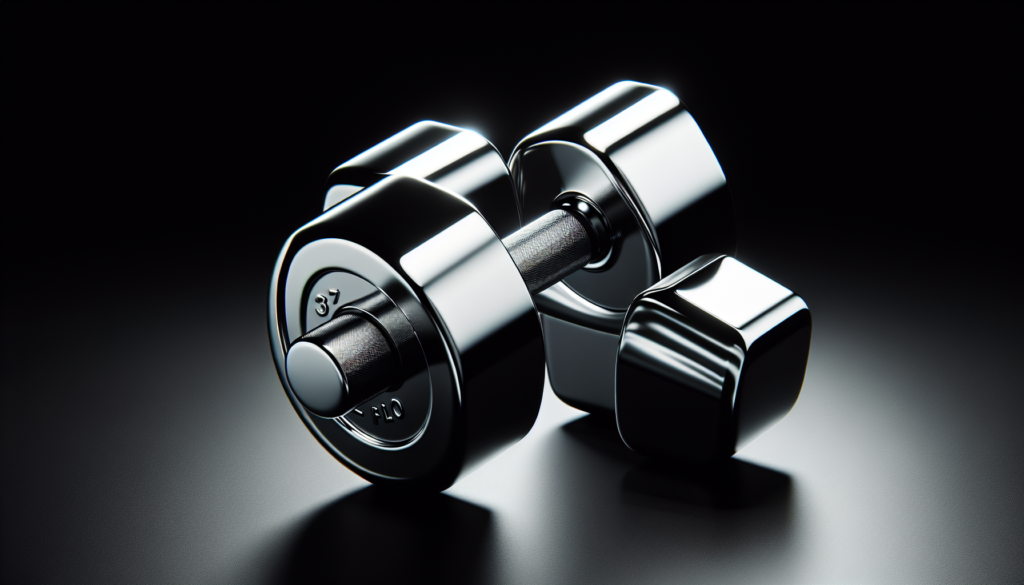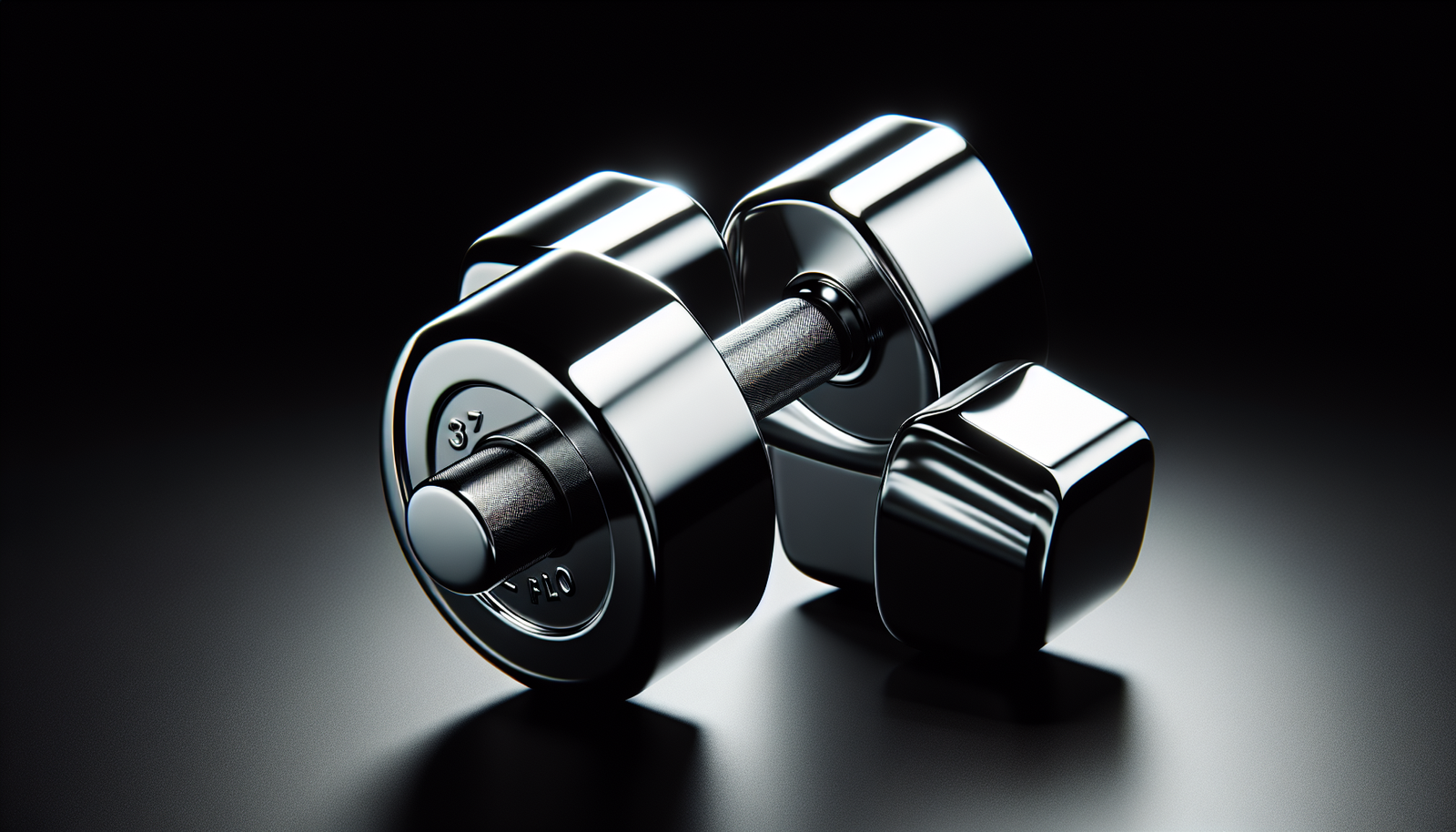If you’re looking to tone your muscles, you may have wondered whether it’s more effective to lift heavy weights with fewer reps or lighter weights with more reps. Both approaches have their own benefits and considerations, so it’s essential to understand the potential outcomes and choose the one that aligns with your fitness goals. In this article, we’ll explore the advantages and disadvantages of both techniques, helping you make an informed decision about which lifting strategy to incorporate into your workout routine. You’ll get the answer: Should I Lift Heavy Weights With Fewer Reps for Muscle Tone?
The debate over heavy weights vs. light weights for muscle tone
When it comes to achieving muscle tone, one of the most debated topics in the fitness industry is whether to lift heavy weights with fewer reps or use lighter weights with more reps. Both approaches have their benefits and drawbacks, and the decision ultimately depends on individual fitness goals and abilities. To make an informed decision, it is important to understand the significance of muscle tone and the differences between heavy and light weights.

The significance of muscle tone
Muscle tone refers to the state of muscle tension at rest. It plays a crucial role in enhancing overall aesthetics and improving physical performance. Having well-toned muscles not only gives you a lean and sculpted physique but also helps in maintaining a healthy metabolism. In addition, muscle tone provides stability to the joints and supports good posture.
Understanding the difference between heavy weights and light weights
To grasp the distinction between heavy weights and light weights, it is essential to familiarize oneself with the concept of weight intensity. Heavy weights typically refer to lifting a load that is close to your maximum capacity, allowing you to perform only a small number of repetitions before fatigue sets in. On the other hand, light weights involve lifting a load that reflects a lower percentage of your maximum strength, allowing you to perform more repetitions before reaching fatigue.
The role of muscle fibers in muscle tone
Muscle fibers are responsible for muscle contraction and play a significant role in muscle tone. There are two primary types of muscle fibers: slow-twitch (Type I) and fast-twitch (Type II). Slow-twitch fibers are responsible for endurance activities, while fast-twitch fibers are involved in explosive movements and strength. The selection of weight can influence which muscle fibers are predominantly activated during an exercise.
The impact of heavy weights on muscle tone
Lifting heavy weights with fewer reps primarily targets fast-twitch muscle fibers. This type of training stimulates muscle hypertrophy, which refers to an increase in muscle size. When you expose your muscles to heavy loads, it creates microtears in the muscle fibers. As the body repairs these microtears, the muscles become stronger and larger, resulting in enhanced muscle tone. Additionally, lifting heavy weights can lead to an improvement in overall strength, making daily activities easier to accomplish.

The impact of light weights on muscle tone
Using light weights with more reps predominantly activates slow-twitch muscle fibers. This type of training focuses on muscular endurance rather than significant muscle growth. By performing more repetitions with lighter weights, you can improve your muscle stamina and increase the time your muscles can withstand fatigue. This can contribute to greater muscle definition and a more toned appearance. However, it is important to note that using light weights alone may not lead to substantial muscle hypertrophy.
Considering individual fitness goals and abilities
When deciding between heavy weights and light weights for muscle tone, it is essential to consider your individual fitness goals and abilities. If your primary objective is to increase muscle size and strength, lifting heavy weights with fewer reps would be more beneficial. On the other hand, if your focus is on improving muscular endurance and achieving a lean and toned physique, utilizing light weights with more reps may be the preferred approach. It is crucial to align your training routine with your desired outcome.
The importance of proper form and technique
Regardless of whether you choose heavy weights or light weights, proper form and technique are paramount to achieving optimal results and minimizing the risk of injury. Maintaining proper alignment, engaging the correct muscles, and executing controlled movements are essential for muscle activation and efficient training. It is vital to learn and practice correct form under the guidance of a qualified professional. Additionally, proper breathing techniques and slow, controlled movements can enhance the effectiveness and safety of your training.
The potential risks and injuries associated with heavy weights
While lifting heavy weights can yield desirable results, it is crucial to be aware of the potential risks and injuries. Heavy weightlifting places significant stress on the muscles, joints, and connective tissues. Without proper warm-up and cool-down, there is an increased risk of muscle strains, sprains, and other acute injuries. Moreover, overtraining with heavy weights can lead to chronic injuries, such as tendonitis and joint inflammation. It is important to listen to your body, avoid pushing beyond your limits, and incorporate appropriate rest and recovery periods into your training routine.
The potential risks and injuries associated with light weights
Although light weights are generally considered safer, there are still potential risks and injuries to be aware of. While the load may be lighter, performing numerous repetitions can lead to muscle fatigue and compromised form, increasing the risk of overuse injuries. It is important not to underestimate the impact of repetitive movements on the body. Furthermore, utilizing light weights exclusively may result in slower progress and limited muscle growth. It is crucial to strike a balance between weight selection, repetition range, and intensity to prevent stagnation and maximize results.
The benefits of combining heavy and light weights for muscle tone
Rather than fixating on heavy weights or light weights alone, combining both approaches can provide a balanced and effective strategy for achieving muscle tone. This method is often referred to as periodization, where training cycles incorporate different weight intensities to prevent plateaus and promote muscle adaptation. By alternating between heavy and light weights, you can stimulate different muscle fibers, enhance overall strength and endurance, and maintain progress over time. Additionally, incorporating variety into your workouts can prevent boredom and keep you motivated to continue your fitness journey.
In conclusion, the debate over heavy weights vs. light weights for muscle tone is complex and multifaceted. It is crucial to consider individual fitness goals, abilities, and preferences when deciding on the appropriate weight intensity. Heavy weights with fewer reps primarily target muscle hypertrophy and strength, while light weights with more reps focus on muscular endurance and definition. A balanced approach that combines both weight intensities can provide the best of both worlds, promoting muscle adaptation and achieving a well-rounded physique. Remember to prioritize proper form, technique, and gradual progression to minimize the risk of injuries and maximize the benefits of your workouts.


